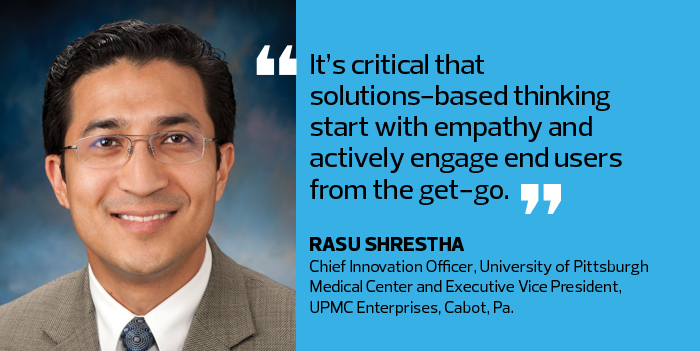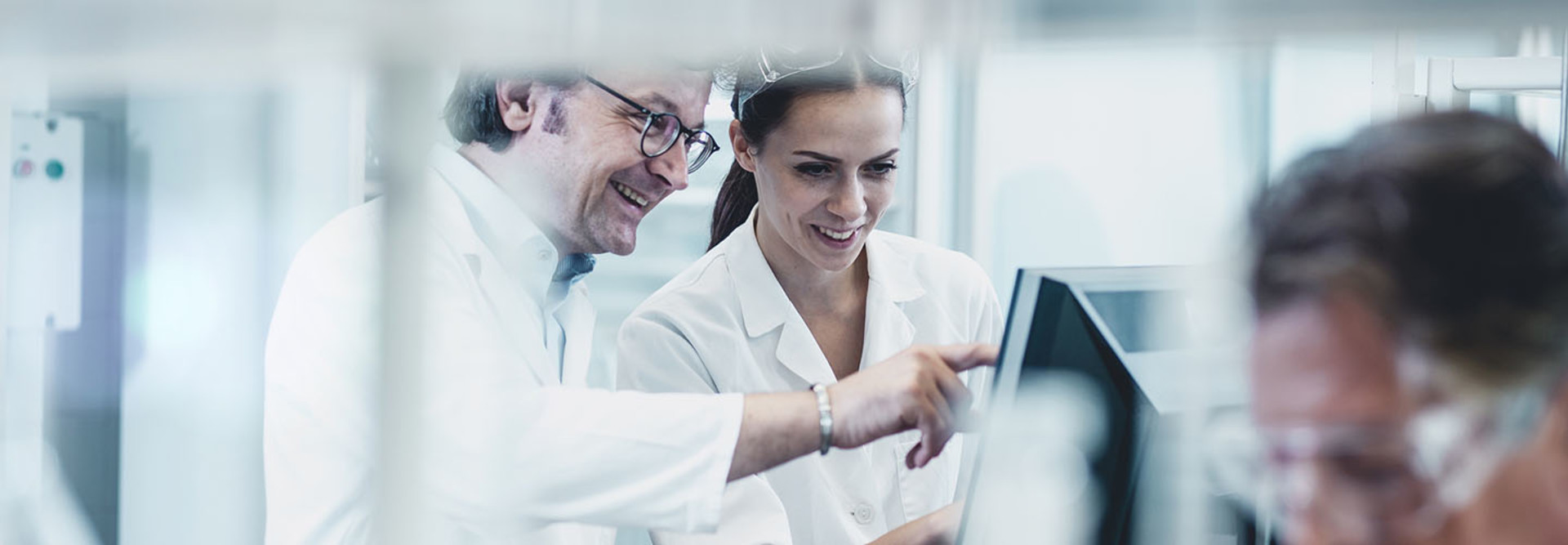3 Ways Healthcare Can Take a Fresh Look at Innovation
It’s the irony of healthcare.
Although we know change is the only constant, the healthcare industry is stubbornly resistant to change and inherently programmed to go with the “tried and tested” method or device.
But healthcare is constantly faced with challenges that demand change, whether it’s evolving regulatory dynamics, newer clinical developments, technological advancements, competitive forces or changing market demands. Indeed, there is no room for complacency in today’s healthcare environment.
Yet, we as an industry find not just a level of solace in the status quo, but an ethereal need to ground ourselves in stability. Clinicians are taught to use evidence-based guidelines and do more of what’s worked in the past — and for good reason. In clinical care, these practices usually save lives.
There is little wonder that product design, implementation and adoption often go horribly wrong (such as lack of adoption or abject rejection) or result in unintended consequences (for example, complicated workflows or clinician burnout).
Managing this clash between the reality of a changing industry and the change-resistant culture of healthcare requires one to leverage innovation as a purposeful driver of change. It’s not just about good change management, it’s about taking a fresh approach to creating the needed products and solutions.
SIGN UP: Get more news from the HealthTech newsletter in your inbox every two weeks
1. Recognize Your Organization’s Own Resistance to Change
To address this challenge, first acknowledge that there is this inherent culture clash in healthcare, and be ready to delve into the specifics of how this clash relates to your own organization.
Recognizing that clinicians and healthcare providers are wired for stability, while innovators and entrepreneurs are wired to push newer techniques, tools and methods is an important first step.
2. Explore Ways to Embrace Innovation
More times than not, clinicians are pulled in only at the tail end of a decision process. Often, an organization seeking a certain clinical solution will go through a drawn-out procurement process and bring in clinicians only at the “go live” event. Change management then becomes infinitely more difficult, and acceptance of the newer solutions at best feels forced and unnatural.

Instead, leverage principles of “design thinking” and engage the appropriate end users — clinicians, operators, patients — at the very beginning of any process. Solutions-based thinking that begins first with empathy and actively engages the end users from the start is critical to getting this balance right.
3. Iterate, Refine and Celebrate Successes
Success is a fun and universal goal, but it’s often preceded with failures or false starts. If it is possible, create a “safe space” for innovation where one can create minimally viable products or concepts, fail quickly and adapt. Creating this culture change, where failures can be identified early, celebrated and learned from, ultimately allows for more solutions and products that succeed and do what they are meant to do.
Put Healthcare Innovation into Practice
These steps are how we at UPMC Enterprises — the innovation and entrepreneurial arm of the University of Pittsburgh Medical Center — fundamentally address key challenges. Working hand in hand with physicians, nurses and patients, human-centered design experts, analysts and technologists have been addressing some of the most pressing issues in healthcare delivery in areas as diverse as post-acute and long-term care, oncology, imaging, mental health and many others.
Technological capabilities such as artificial intelligence, natural language processing or telemedicine are embraced to fit specific clinical and operational needs, and iterated on with end users involved in the very design of these solutions.
While healthcare may never match Silicon Valley in the speed with which it embraces change — and for very good reasons — it can and must move faster to lead this critical transformation.
Check out HealthTech’s NHIT Week coverage on our event page, or follow the conversation at @CDW_Healthcare or with the hashtag #NHITWeek









